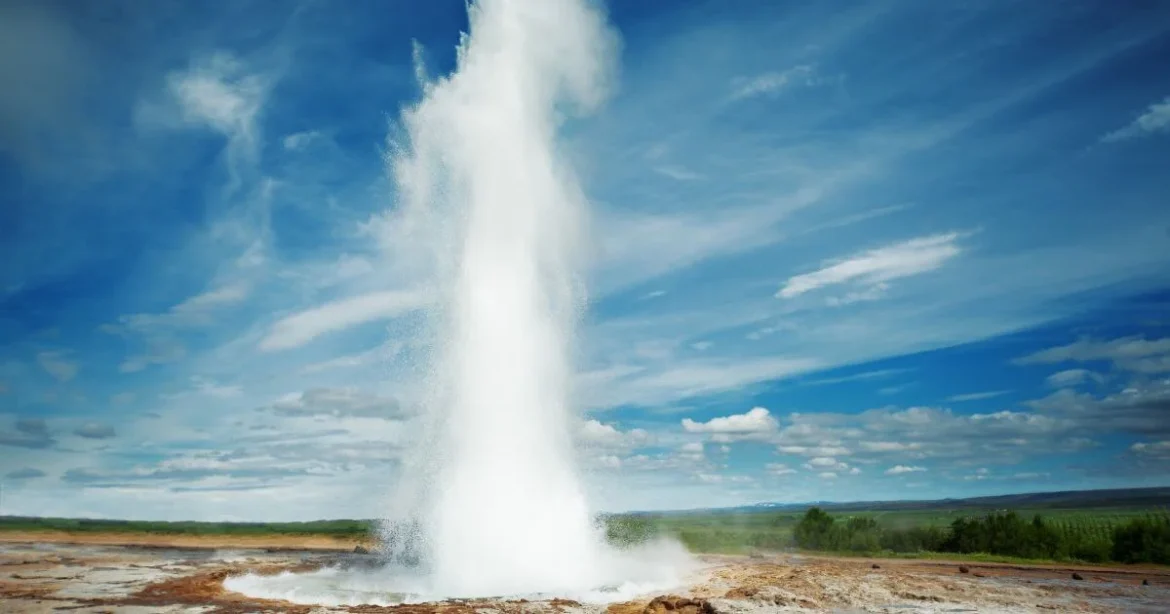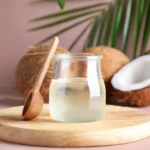The internet loves a good debate and few questions spark more curiosity than is squirt pee. Search engines churn out conflicting answers, porn offers dramatic visuals, and even experts disagree on the exact recipe of the fluid involved. This guide sorts fact from fiction using current research, anatomy basics, and practical tips so you can approach squirting with clarity, safety, and zero shame.
What Is Squirting?
Squirting is the involuntary or voluntary expulsion of fluid from the urethra during sexual arousal or orgasm. While “female ejaculation” sometimes gets tossed around interchangeably, the two are not identical. Female ejaculate is a thick milky secretion from the Skene’s glands. Squirting fluid is typically clearer and released in higher volume. Understanding the difference helps answer the enduring question: is squirt pee?
Anatomy Check
- Bladder: Stores urine and sits just behind the pubic bone.
- Urethra: Tube that carries both urine and squirting fluid out of the body.
- Skene’s glands: Tissue on either side of the urethra, sometimes called the female prostate because it produces prostate specific antigen.
Not everyone has prominent Skene’s glands, which partly explains why some people never squirt.
Is Squirt Pee? Reviewing the Research
The debate around is squirt pee boils down to fluid composition. A landmark 2014 ultrasound study by Dr. Samuel Salama tracked participants’ bladders before and after squirting. Findings showed that the bladder emptied during the event. Lab tests detected urea and creatinine, classic urine markers, yet they also revealed prostate specific antigen and glucose, substances absent in typical urine samples. Later studies replicated these results, confirming that squirting fluid contains a diluted form of urine mixed with secretions from the Skene’s glands.
Key Takeaways from the Science
- The bladder contributes significant volume, so the answer to is squirt pee is partly yes.
- Skene’s gland secretions add biochemical markers that make the fluid unique, so the full answer is more nuanced.
- Hydration level matters. The clearer the urine, the clearer the squirt.
Debunking Common Myths
Myth 1: Squirting Is Fake
Up to 10 to 54 percent of people with vaginas report squirting at least once. The wide range reflects anatomical diversity, hydration status, and technique rather than faked performance. MRI scans have captured the fluid in real time, which settles the is squirt pee debate on existence.
Myth 2: All Squirting Looks Like Porn
Adult films showcase high volume gushing for visual impact. Real life ranges from a tablespoon trickle to a dramatic fountain. Both are valid. Your anatomy and stimulation style will dictate volume, not your worthiness as a sexual partner.
Myth 3: Squirting Equals Orgasm
Plenty of people squirt without climax and plenty climax without squirting. The two events share nerves and blood flow but operate on different muscle contractions.
Myth 4: Squirting Is Dirty
If is squirt pee contains any truth, cleanliness concerns follow. Remember that sexual fluids of all kinds can be cleaned easily with towels or waterproof sheets. Urine is generally sterile in healthy individuals. Good hygiene and aftercare keep play fresh.
Exploring Squirting Yourself
Curious to find out your own answer to is squirt pee through hands-on discovery? Try these steps:
- Hydrate but do not overdo it. Drink water an hour before play so fluid is diluted and pressure builds comfortably.
- Empty your bladder first. Starting with an empty bladder reduces the urge to urinate mid process and clarifies sensations.
- Relax pelvic floor muscles. Deep breathing and warm up massage invite blood flow.
- Stimulate the G-spot. Use curved fingers or a toy in a come here motion two inches inside the front vaginal wall. Firm consistent pressure works best.
- Bear down gently. Many people describe a “need to pee” sensation just before squirting. Lightly push as if initiating urination.
- Use towels. Feeling prepared reduces anxiety which supports release.
Remember: there is no guarantee you will squirt and that is perfectly normal. Pleasure, not performance, is the goal.
Partner Play and Communication
When partners explore squirting together, consent and clear language remove pressure. Discuss:
- Comfort with fluids.
- Use of barriers if STI risk is present.
- Safe words for overstimulation.
- Cleanup plans so no one scrambles mid scene.
Framing the experience as a joint experiment rather than a badge of sexual prowess keeps connection high and stress low.
Safety and Health Considerations
Although the is squirt pee debate highlights bladder involvement, squirting is not harmful. Still, keep these tips in mind:
- STI awareness: Any bodily fluid exchange carries risk. Use condoms or dental dams for casual encounters.
- UTI prevention: After play, urinate, wash genitals, and hydrate to flush bacteria.
- Pelvic floor balance: Excessive bearing down without muscle recovery can strain pelvic tissues. Incorporate Kegel exercises to maintain tone.
- Medical red flags: Painful squirting or blood in fluid warrants a medical check.
Inclusive Perspectives
Squirting is often framed as a cisgender female experience, yet trans men and nonbinary people with vaginas can also squirt. Language matters. Use terms that affirm your partner’s identity, ask pronouns, and adapt techniques to any pre or post transition anatomy changes.
Continuing Education
Still asking is squirt pee? Dive into academic journals like The Journal of Sexual Medicine or attend workshops on female ejaculation. Community based classes often pair demonstration videos with Q and A time so myth busting becomes interactive.
Key Takeaways
- The answer to is squirt pee is partly yes. Bladder fluid mixes with Skene’s gland secretions, creating a unique cocktail.
- Squirting is real, but volume and timing vary widely among bodies.
- Technique combines hydration, G-spot stimulation, and pelvic release.
- Safety involves STI protections, post play hygiene, and listening to the body.
- Inclusive respectful conversation enhances every exploration.
Next Steps
- Curious about trauma informed pleasure? Read Why You Should Consider Working with a Sex and Relationship Coach.
- Share this article with anyone still wondering is squirt pee to replace myths with science backed insight.
Disclaimer: Please note that Lilithfoxx is not a medical professional. The information provided in this blog is for educational and informational purposes only and should not be considered as medical advice. If you have any concerns or questions about your health, you should always consult with a healthcare provider or seek medical attention from a qualified professional.



